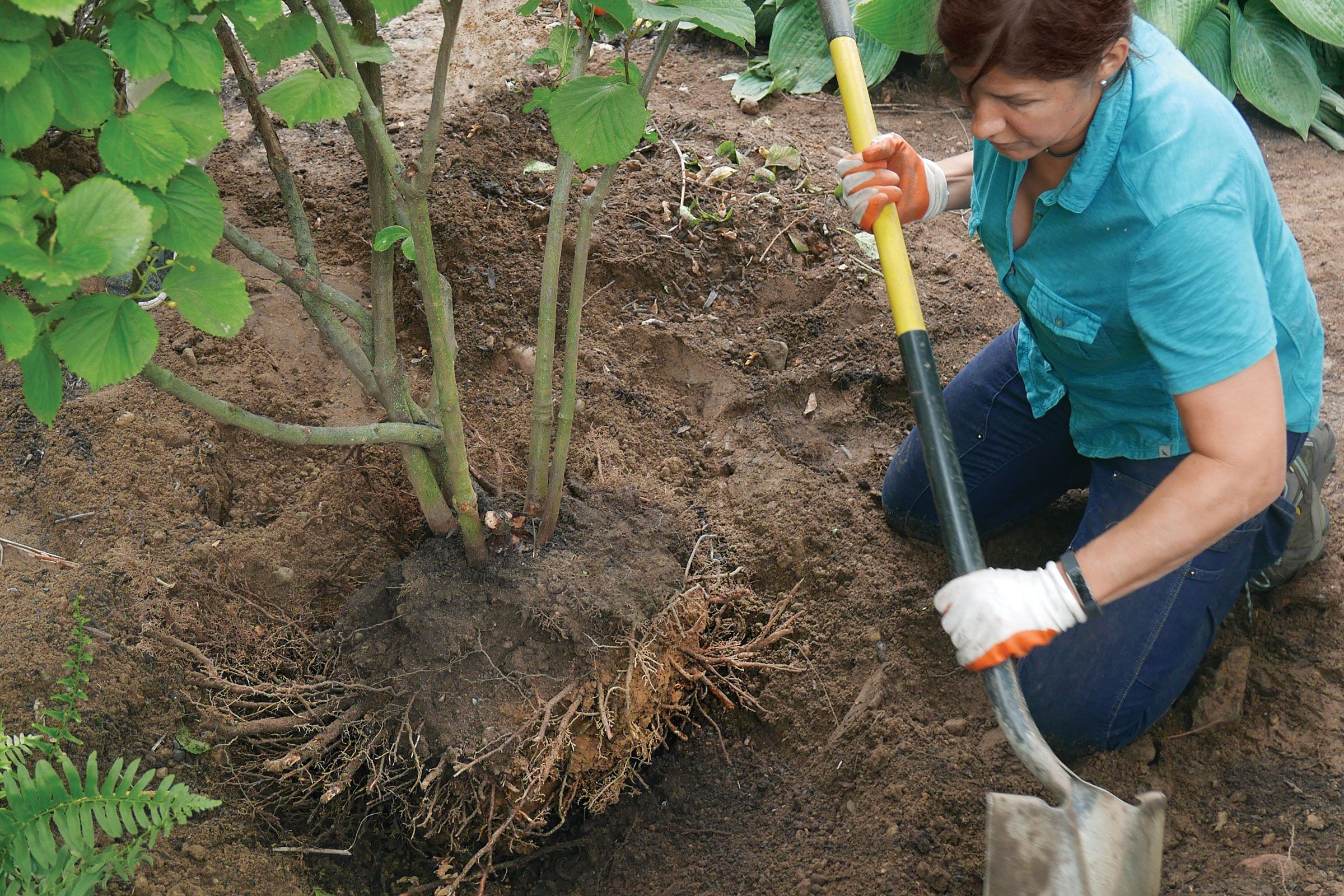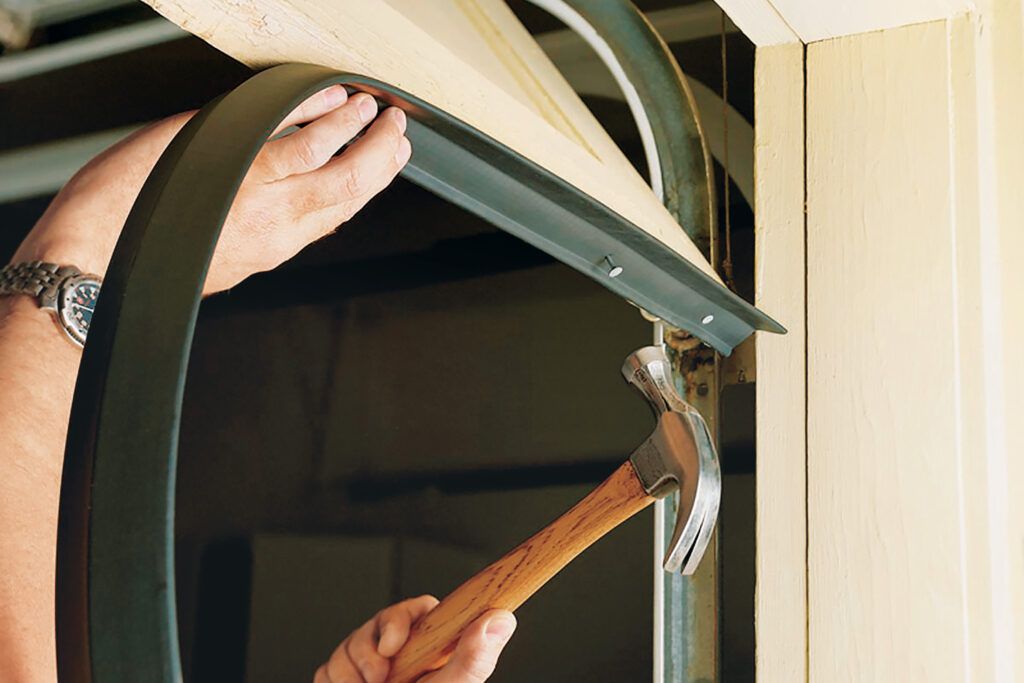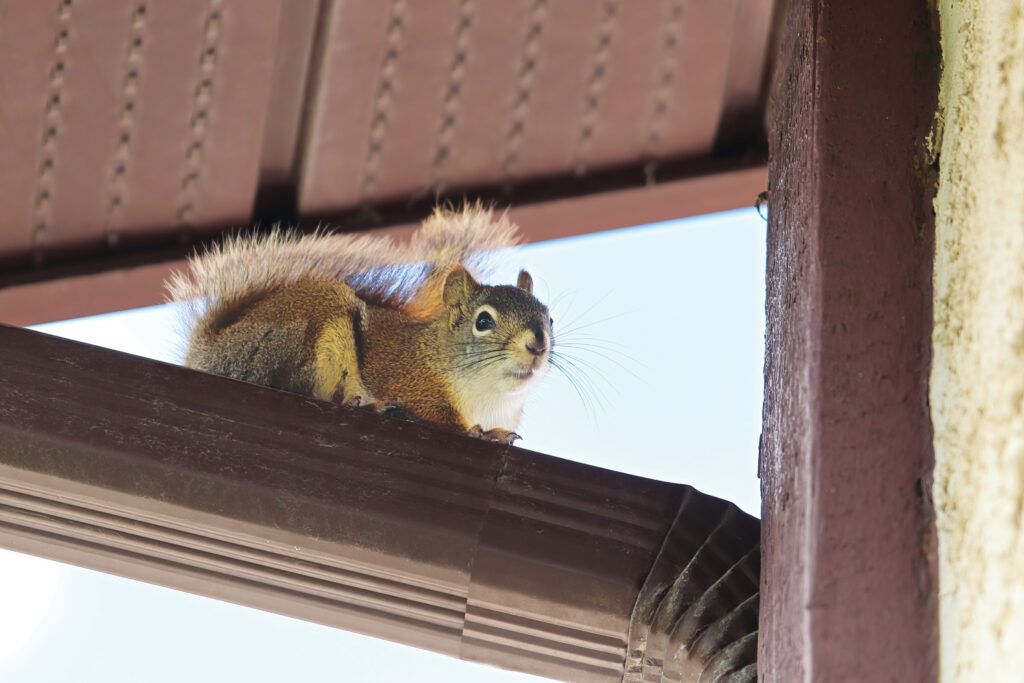As the leaves begin to change and temperatures cool, it’s time to prepare your home and yard for the autumn season. Fall maintenance is important for protecting your property from harsh winter conditions and ensuring a smooth transition between seasons. This guide offers 12 easy ways to get your home ready for fall, covering everything from landscaping to indoor comfort.
12 Easy Ways To Get Your Home Ready for Fall

Fall home maintenance is essential for preserving your property’s value and preventing costly repairs.
1. Transplant Crowded Shrubs
Early-to-mid fall is the ideal time to relocate overgrown or poorly positioned shrubs. The cooler temperatures reduce transplant shock and allow roots to be established before winter. Here’s a step-by-step guide to successfully transplanting shrubs:
- Prune or tie back branches to prevent breakage during the move.
- Score the soil around the root ball using a sharp shovel or spade.
- Dig down and angle the shovel toward the center to isolate the roots.
- Lift the root ball onto a tarp, preserving as much soil as possible.
- Prepare a new hole twice as wide and no deeper than the root ball.
- Place the shrub in the hole, ensuring the top of the root ball is at or slightly above grade.
- Backfill with the excavated soil and water thoroughly.
- Apply a 2-to-3-inch layer of mulch around the base, leaving the root flare exposed.
Transplanting at this time helps shrubs acclimate before winter. Remember to continue watering transplanted shrubs until the first hard freeze to promote healthy root growth and ensure their survival through winter.
“Keep watering plants in fall, up until the first hard freeze. Doing so will help assure their survival through the long stretches of cold, windy weather to come.” —This Old House landscape contractor Jenn Nawada
2. Put Cordless Yard Tools To Bed
Before storing your battery-powered lawn equipment for winter, follow these maintenance steps:
- Clean debris from mowers and trimmers using a stiff wire brush.
- Sharpen or replace worn blades to ensure they’re ready for spring.
- For cordless chainsaws, remove the battery, empty the oil tank, clean off debris, and lubricate the chain.
- Unplug all batteries and chargers, storing them in a dry, temperate location.
- Check manufacturer instructions for proper battery storage and charging recommendations.
Proper maintenance of your cordless yard tools will extend their lifespan and ensure they’re ready for use when spring arrives. This preventive care will save you time and money in the long run.
3. Plug Basement Leaks
Older homes often develop air and water leaks in the foundation. Address these issues promptly to prevent further damage and improve energy efficiency:
- Inspect the foundation after heavy rain to identify water leaks.
- Use type N mortar mix to seal holes or cracks that are leaking water.
- Check for air leaks around windows, doors, and the rim joist by looking for daylight in a darkened basement.
- Seal air leaks with expanding urethane foam, trimming excess once cured.
Addressing basement leaks can keep your home warmer and reduce energy costs throughout the fall and winter months, leading to significant savings on heating bills.
4. Inspect Gas Fireplaces

Gas fireplaces require annual professional maintenance to ensure safe operation and proper venting of carbon monoxide. However, there are several tasks homeowners can perform:
- Clean the glass and check for cracks or chips.
- Inspect gaskets around the glass for signs of degradation.
- Replace crumbling ceramic logs if necessary.
- Vacuum loose debris from the firebox to prevent clogged burner ports.
- Examine walls outside the unit for signs of water vapor leaks, such as peeling paint or damp spots.
- Check the chimney exterior for white stains or crumbling mortar joints, which may indicate excess condensation.
If you notice any concerning signs during your inspection, contact a professional for a thorough evaluation and necessary repairs. Regular maintenance will provide peace of mind and ensure your fireplace operates efficiently.
5. Take Care of Wood Thresholds

Wood thresholds at entry doors endure significant wear from foot traffic and weather exposure. Renew their finish to protect them from further damage. First, sand off existing paint or stain down to bare wood. Then take the following steps, depending on your threshold:
For painted thresholds:
- Apply a coat of oil primer.
- Follow with two coats of porch and patio enamel, sanding with 120-grit between coats.
For stained thresholds:
- Apply one or two coats of stain as needed.
- Follow with three thin coats of marine spar varnish.
Regular maintenance of wood thresholds will extend their lifespan and enhance your home’s curb appeal. Don’t forget to check your thresholds periodically for signs of wear.
6. Get Grubs Under Control
Small patches of dead grass or areas where animals have dug up turf may indicate a grub infestation. These larvae feed on grass roots, causing significant lawn damage. To address grub problems:
- Identify grub-affected areas in early fall.
- Choose a grub control product containing Bacillus thuringiensis galleriae, a naturally occurring bacterium that’s less harmful to beneficial insects.
- Apply the treatment according to product instructions.
- Water the treated area thoroughly to ensure the product reaches the soil.
- Monitor the lawn for improvement and reapply if necessary.
Addressing grub issues in the fall will protect your lawn from further damage and set the stage for a healthier yard in the spring. Regular monitoring will help maintain a lush and vibrant lawn.
7. Set the Stage for a Greener Space

Fall is an ideal time to rejuvenate your lawn after the stress of summer. Follow these steps to promote a healthier, greener lawn:
- Continue watering until the ground freezes or the lawn goes dormant, providing 1 inch of water per week.
- Aerate the lawn to improve air, water, and nutrient penetration.
- Overseed and fertilize cool-season grasses around Labor Day.
- For warm-season grasses, wait until spring to apply nitrogen-rich fertilizer.
- Remove fallen leaves regularly to prevent smothering the grass.
- Mow at a slightly lower height for the final cut of the season.
Implementing these practices will encourage strong root growth and set your lawn up for success in the coming year. The fall season is your opportunity to repair and strengthen your lawn.
8. Seal Gaps

Sealing gaps around your garage door can significantly improve energy efficiency and comfort. Follow these steps to minimize heat loss:
- Replace worn or torn bottom seals on metal and wood doors.
- Install a garage door threshold to seal uneven floor gaps.
- Seal the top and sides with doorstop molding, pressing the flange against the door’s outside.
- Nail or screw the molding to the sides and top of the opening.
- Check for proper alignment and adjust as needed to ensure a tight seal.
Addressing these often overlooked areas can reduce drafts and keep your garage warmer throughout the fall and winter months. This simple task can make a noticeable difference in your home’s comfort.
9. Freeze Protection
Winterizing outdoor water lines and accessories is vital to prevent ice damage and plumbing emergencies. Take these steps before temperatures drop below freezing:
- Drain or blow out in-ground irrigation systems.
- Shut off water lines to outdoor faucets and open the taps.
- Install outdoor faucet covers for added protection.
- Drain and store portable items like hoses and fountain pumps in a basement or attached garage.
- Insulate exposed pipes in unheated areas of your home.
By taking these precautions, you’ll safeguard your plumbing system from costly freeze damage and ensure a worry-free winter. Tackling this task early can help prevent unexpected repairs.
10. Seal Out the Squirrels

Prevent squirrels from nesting in your attic or soffit by taking these preventive measures:
- Inspect fascia boards, soffits, and siding for holes or soft spots.
- Replace or block damaged sections with metal screening.
- Check and repair vent covers and chimney caps as needed.
- Seal gaps around dryer vents and pipe holes using rodent-resistant expanding foam.
- Trim tree branches that provide easy access to your roof.
If squirrels have already made their way inside, contact a professional wildlife removal service to safely evict them and implement long-term prevention strategies. This proactive approach will save you from structural damage.
11. Don’t Get Stuck in the Cold
Maintain your door locks to prevent them from seizing up in cold weather:
- Clear the keyhole with a Teflon-based dry lubricant.
- Insert and remove your key several times, wiping away dirt.
- Lubricate the keyway and moving parts.
- Turn the key in the cylinder to ensure smooth operation.
- Test the bolt function for proper engagement.
Avoid using graphite or non-drying oils, as they can attract dirt and cause further issues. Regular maintenance will keep your locks functioning smoothly throughout the year. This will ensure you don’t get locked out during the colder months.
12. Deep Clean Your Dishwasher

Perform a thorough cleaning of your dishwasher to ensure optimal performance:
- Remove and clean spray arms, unclogging any blocked outlet holes.
- Clear and clean filters according to your dishwasher’s model specifications.
- Wipe down the door gasket and corners with a microfiber cloth.
- Run an empty cycle with white vinegar to remove buildup and odors.
- Check for leaks and address any issues promptly.
Regularly maintaining your dishwasher will improve its efficiency and extend its lifespan, ensuring clean dishes and a fresh-smelling kitchen. This deep clean helps avoid costly repairs and keeps your appliance in top condition.
Our Conclusion
By following these simple steps, you can ensure your home is prepared for the cooler months ahead while improving its energy efficiency and comfort.
